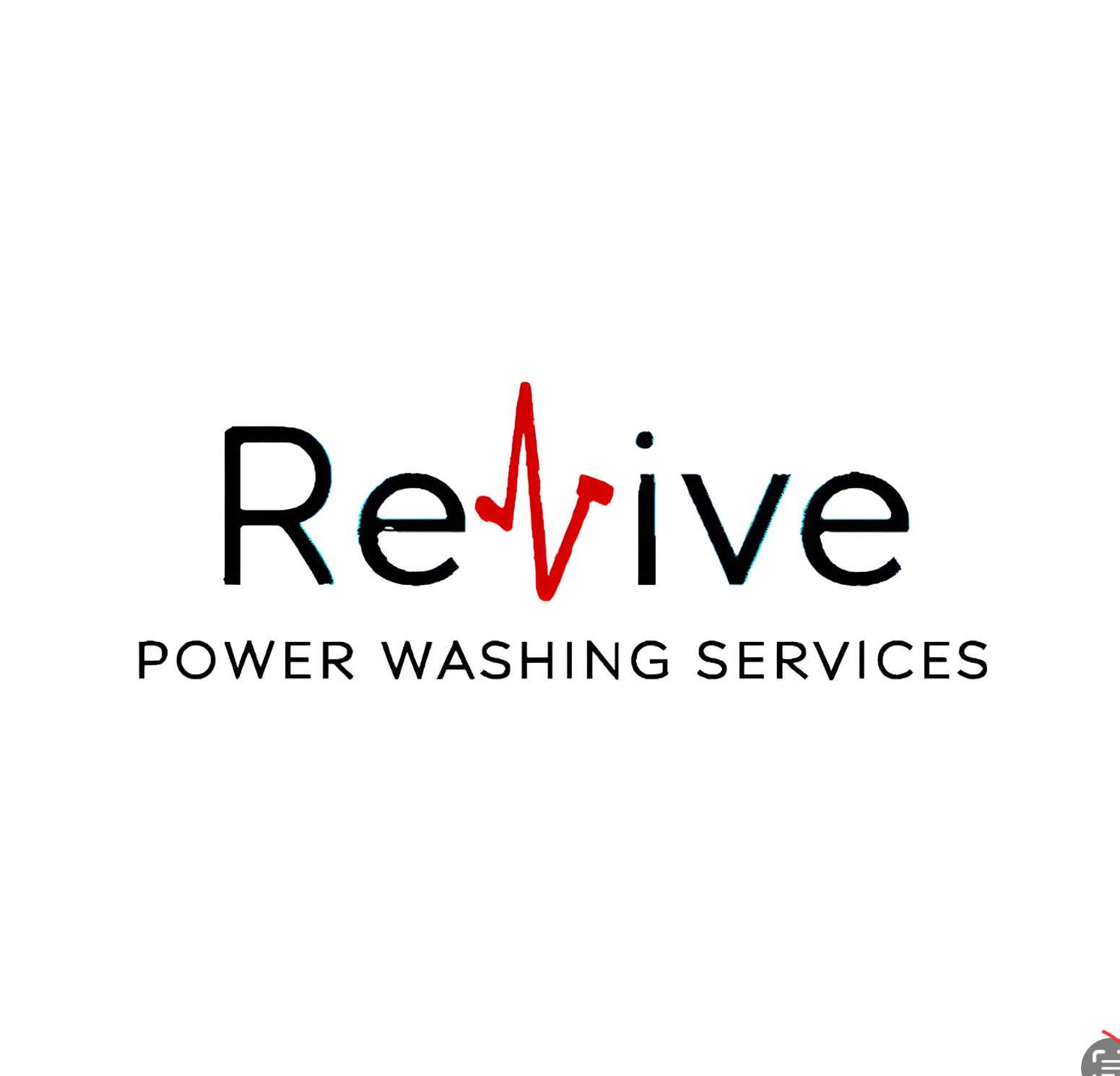The Environmental Impact of Pressure Washing and How to Minimize It
Understanding the Environmental Impact of Pressure Washing
Pressure washing is a popular method for cleaning surfaces such as driveways, decks, and siding. It uses high-pressure water jets to remove dirt, grime, and other debris. However, while effective, pressure washing can have significant environmental impacts if not performed responsibly. The potential for water waste, chemical runoff, and energy consumption are all factors that can contribute to its environmental footprint.

Water usage is one of the primary environmental concerns associated with pressure washing. High-pressure washers can use anywhere from 1.5 to 5 gallons of water per minute. This substantial water consumption can lead to increased water bills and strain local water resources, especially in areas experiencing drought conditions.
Minimizing Water Waste
To reduce water waste, it is essential to use pressure washers that are efficient and have adjustable settings. Opt for models that allow you to control the water pressure and flow. Additionally, consider using a broom or brush to remove loose debris before pressure washing, which can reduce the amount of water needed for the job.
Another effective strategy is to collect and reuse water. Setting up a system to capture runoff water can help minimize waste and lessen the environmental impact. This water can often be used for other purposes, such as watering plants or cleaning tools.
Managing Chemical Runoff
Many pressure washing tasks involve the use of detergents and cleaning solutions to remove stubborn stains and buildup. These chemicals, if not managed properly, can runoff into storm drains and local waterways, posing a threat to aquatic life and water quality. It is crucial to choose environmentally friendly cleaning solutions and to apply them sparingly.

When using detergents, follow the manufacturer’s instructions carefully to avoid overuse. Consider using biodegradable and non-toxic cleaning agents that are less harmful to the environment. Additionally, be mindful of where the runoff water flows and try to direct it away from storm drains and into areas where it can be absorbed by the ground.
Energy Consumption Considerations
Pressure washers require energy to operate, contributing to their environmental impact. Gas-powered washers, in particular, emit greenhouse gases and contribute to air pollution. To minimize energy consumption, consider using electric pressure washers, which are generally more energy-efficient and produce fewer emissions.
Furthermore, ensure your equipment is well-maintained and operating efficiently. Regular maintenance, such as checking for leaks and cleaning nozzles, can improve performance and reduce energy use.

Implementing Sustainable Practices
Adopting sustainable practices can significantly reduce the environmental impact of pressure washing. For instance, schedule cleaning tasks during times of the year when water is more abundant, and avoid washing surfaces during peak sunlight hours to prevent water evaporation.
Additionally, consider incorporating rainwater collection systems to provide an alternative water source for pressure washing. This approach not only conserves water but also reduces your reliance on municipal water supplies.
Conclusion
Pressure washing, while effective for cleaning, comes with environmental considerations that should not be overlooked. By implementing strategies to minimize water waste, manage chemical runoff, and reduce energy consumption, you can perform pressure washing in a more eco-friendly manner. Embracing sustainable practices not only benefits the environment but also enhances the longevity and effectiveness of your cleaning efforts.
